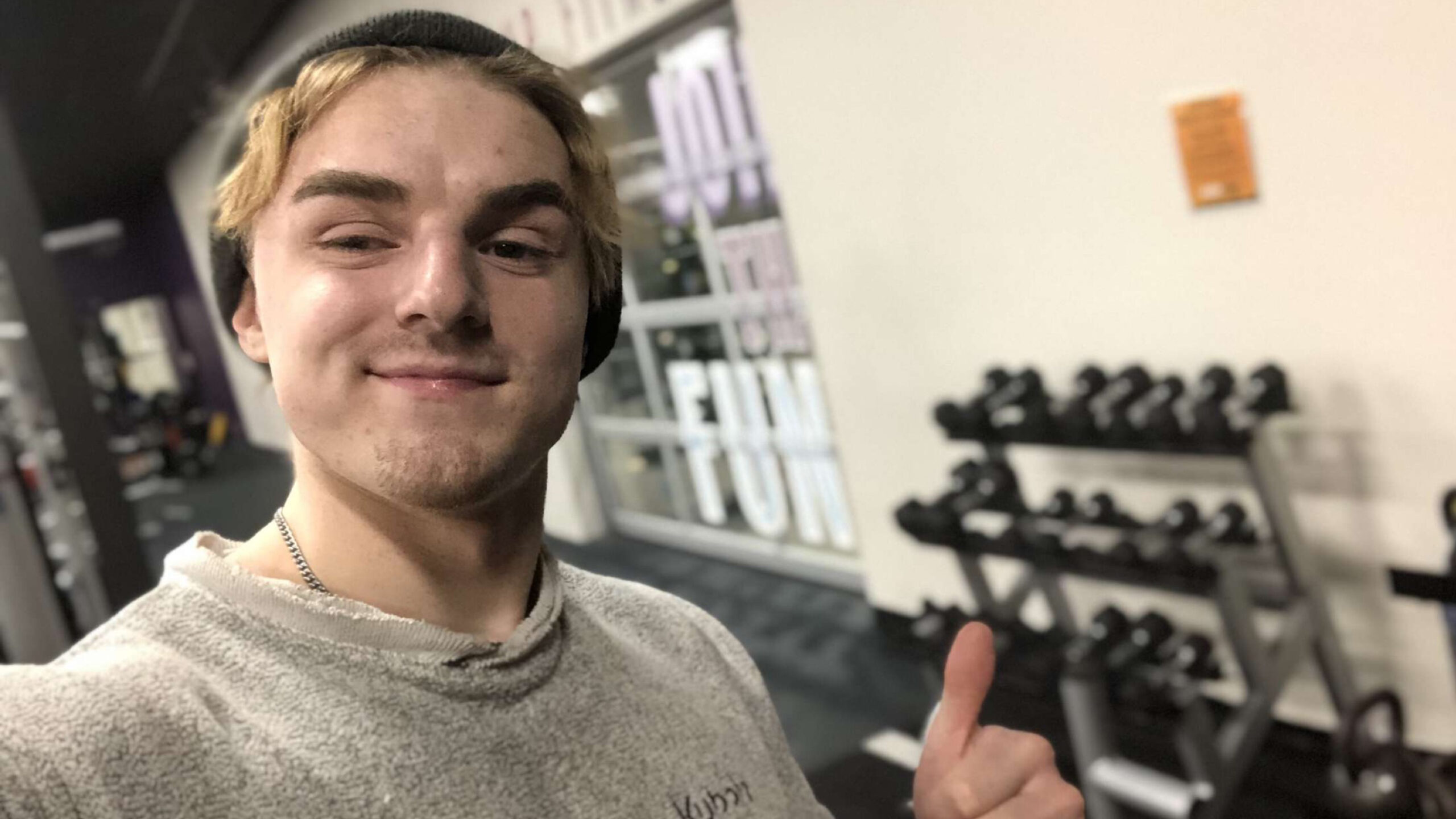Many people find themselves becoming unmotivated and depressed as the days are getting darker and colder.
Seasonal Affective Disorder (SAD) is a type of depression that’s related to the changes of the seasons. The Help Guide reports seasonal depression affects one to two per cent of the population and is most commonly seen in women or younger people.
There is also a milder form of winter blues which affects as many as 10 to 20 per cent of people.
“I find myself becoming depressed during the winter from the dark winter skies,” John Joseph, a student in the Humber College Animation 3D program, told Humber Et Cetera.
A significant reason for seasonal depression is the reduced level of sunlight during fall and winter. People with low Vitamin D levels are more at risk of suffering from seasonal depression.
The Mayo Clinic listed symptoms of SAD include feeling depressed, losing interest in activities, having low energy, problems sleeping, changes in appetite or weight, being agitated easily, or difficulty concentrating.
Seasonal depression puts people who are struggling with it at risk of social withdrawal, struggling academically or at work, substance abuse, and struggling with other mental health issues.
Many people can also be treated by seeking professional help from a therapist. This allows them to discuss how they feel, and discuss different ways they can cope.
Treatments for SAD include light therapy, medications and psychotherapy.
“Light therapy can be very effective for seasonal affective disorder,” said Vanessa Fabbro, with the Toronto Mindfulness Clinic. It has become more affordable in recent years, and light therapy systems are available on Amazon.
“Nothing less than 1,000 lux is recommended for light therapy to help with sleep, mood and alertness,” Fabbro said. A lux, Latin for light, is a unit of illumination. One lux is equivalent to the light of a full moon.
For light therapy, the Mayo Clinic said the person is required to sit in front of a lightbox that emits a bright light. This is done to filter out ultraviolet rays. People undergoing light therapy may experience side effects such as eyestrain, headache, and nausea.
Most people see improvements from light therapy in the first two weeks of treatment.
There are also other ways to cope with depression through self-care, including exercising, relaxing activities or reaching out to family and friends.
“I find exercising is a great way to stay motivated and help with my mental health,” said Caleb Jason, a carpenter who struggles with seasonal depression. “I go to the gym almost every day of the week to help stay motivated, and work on becoming healthier.”

